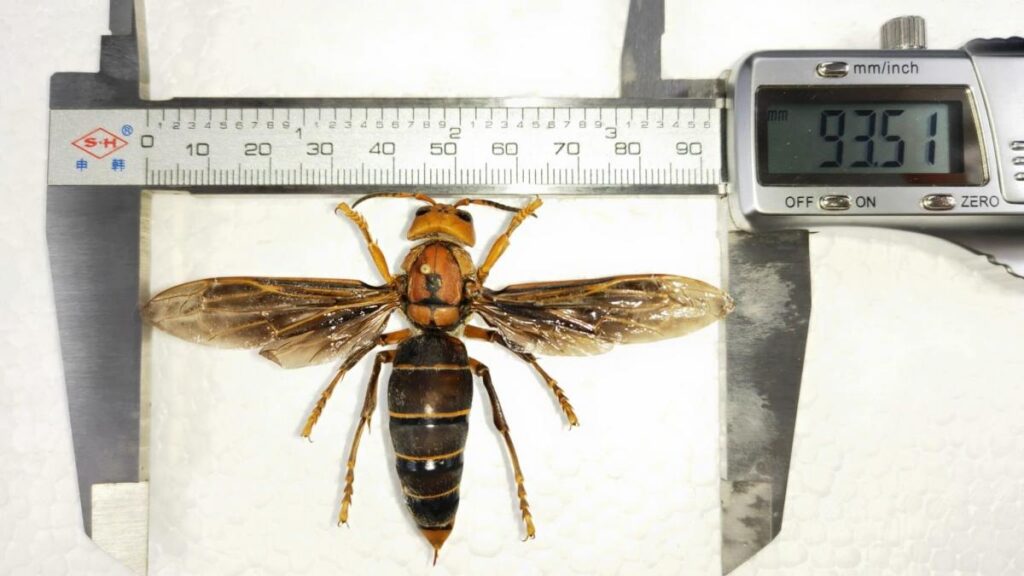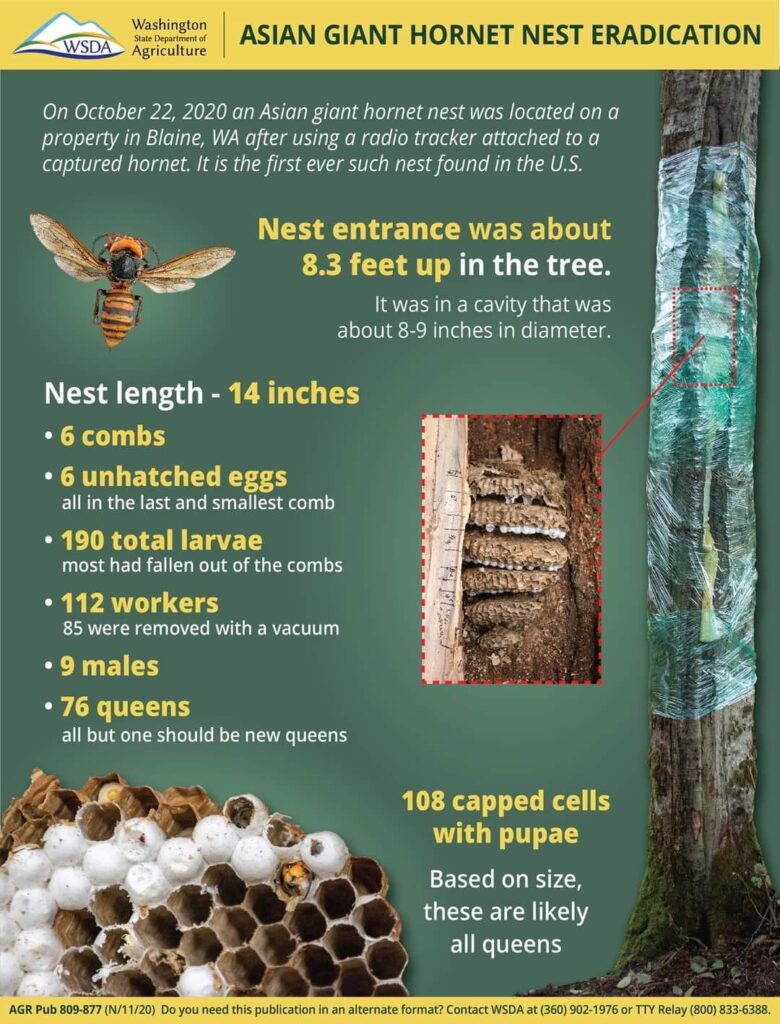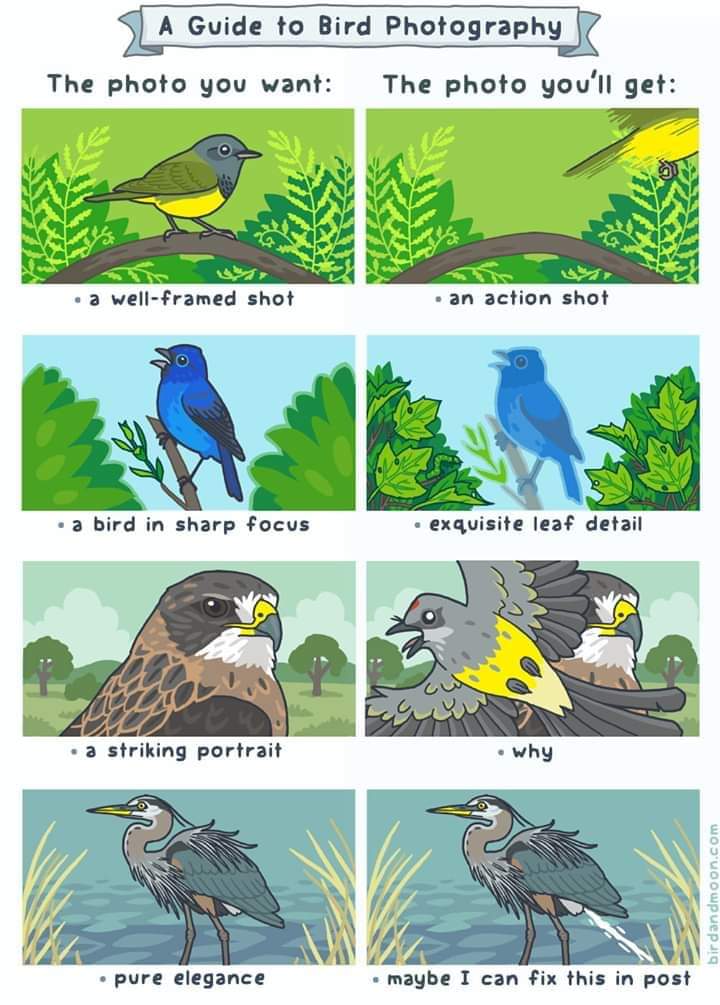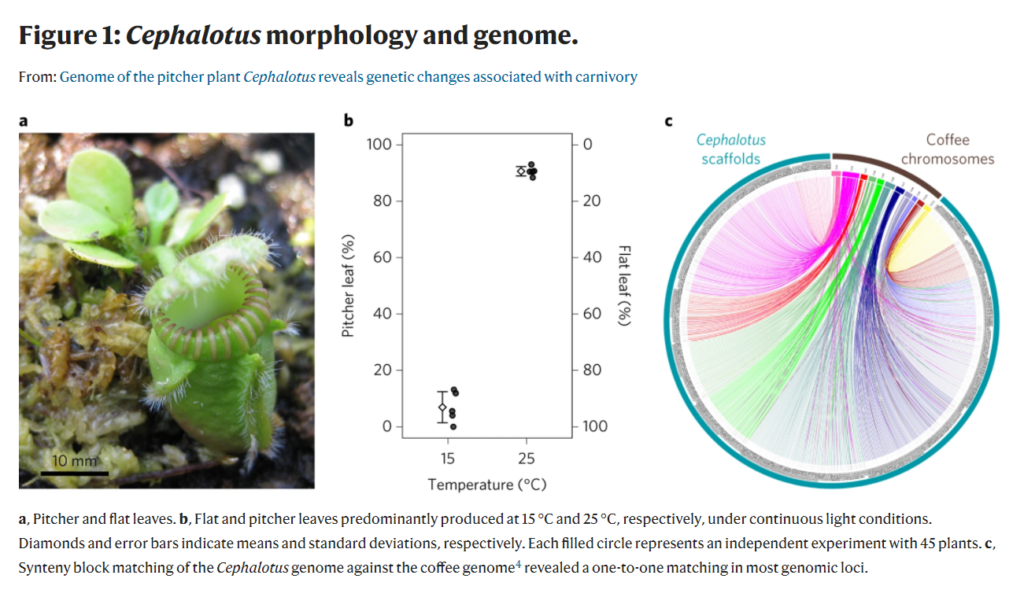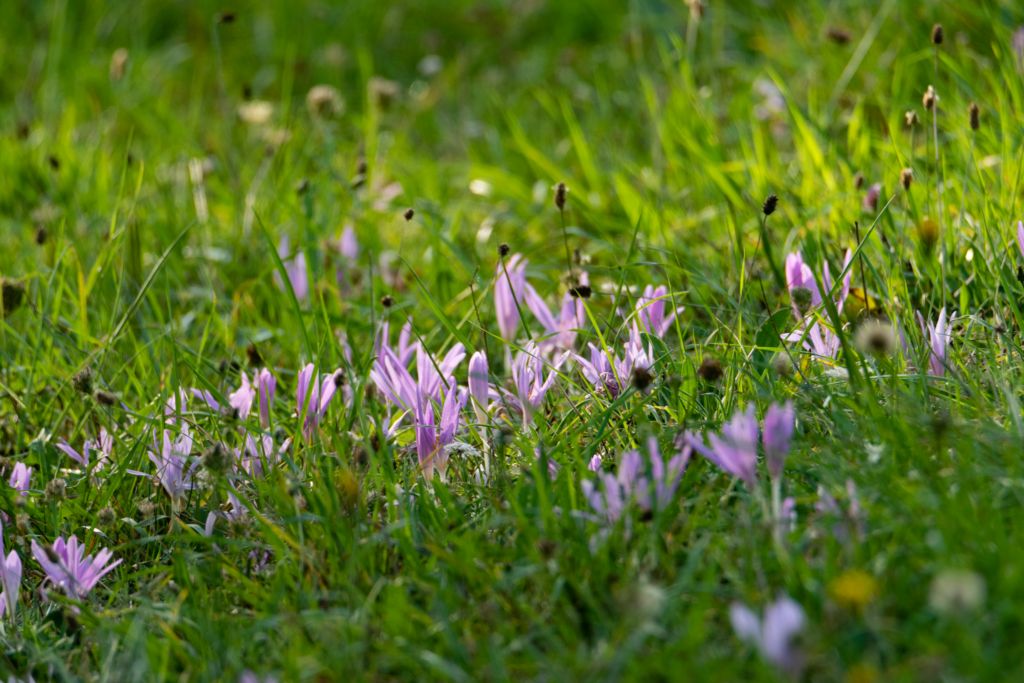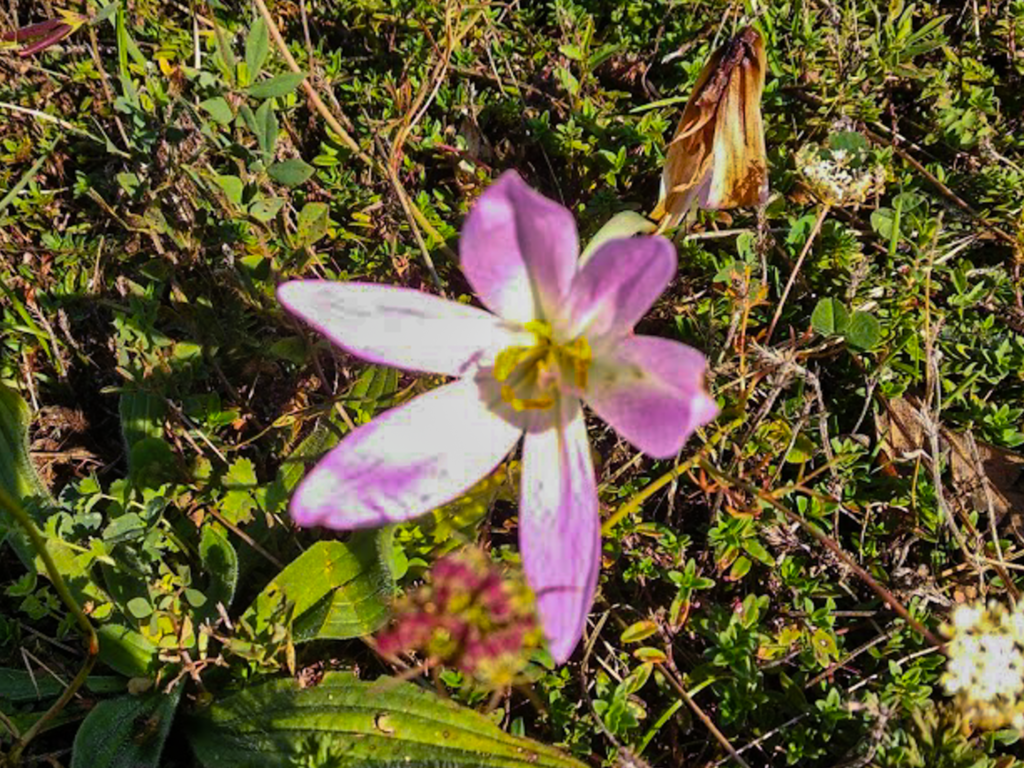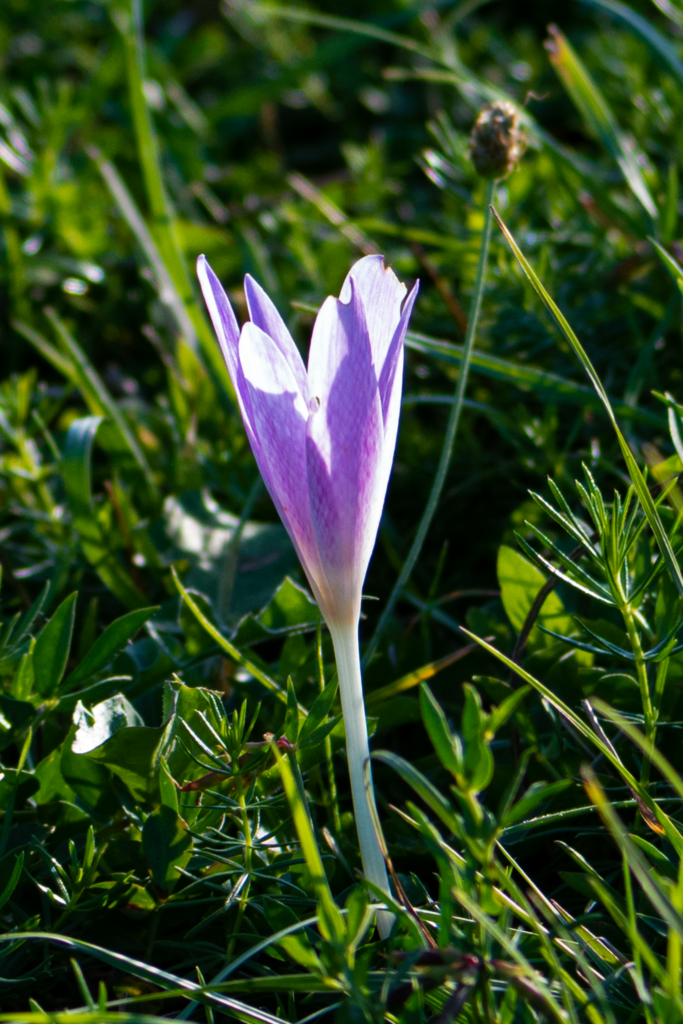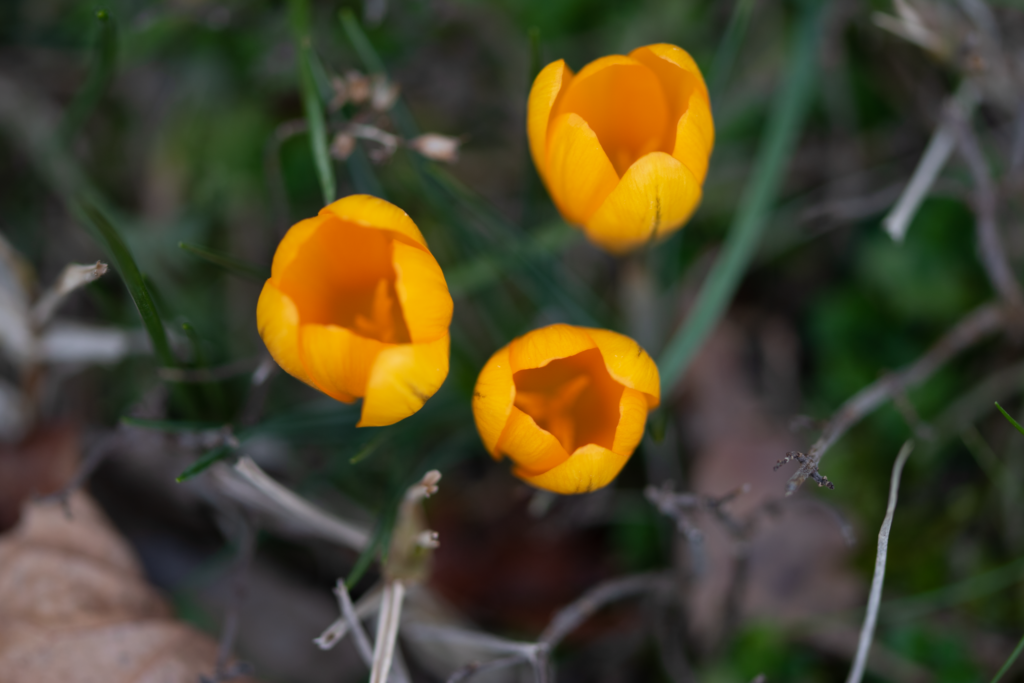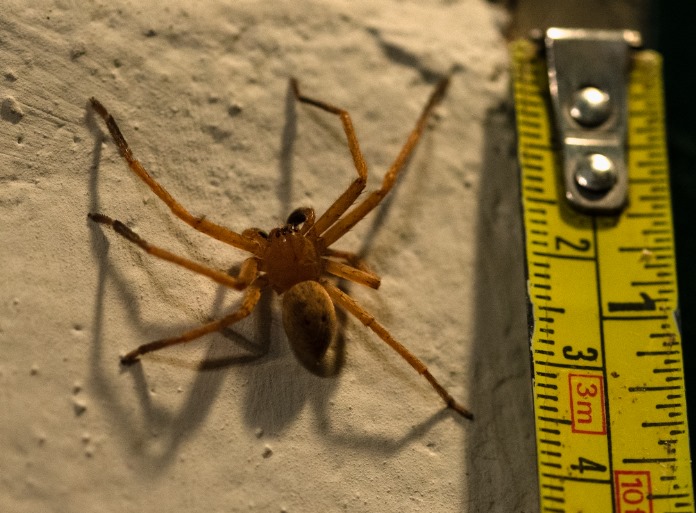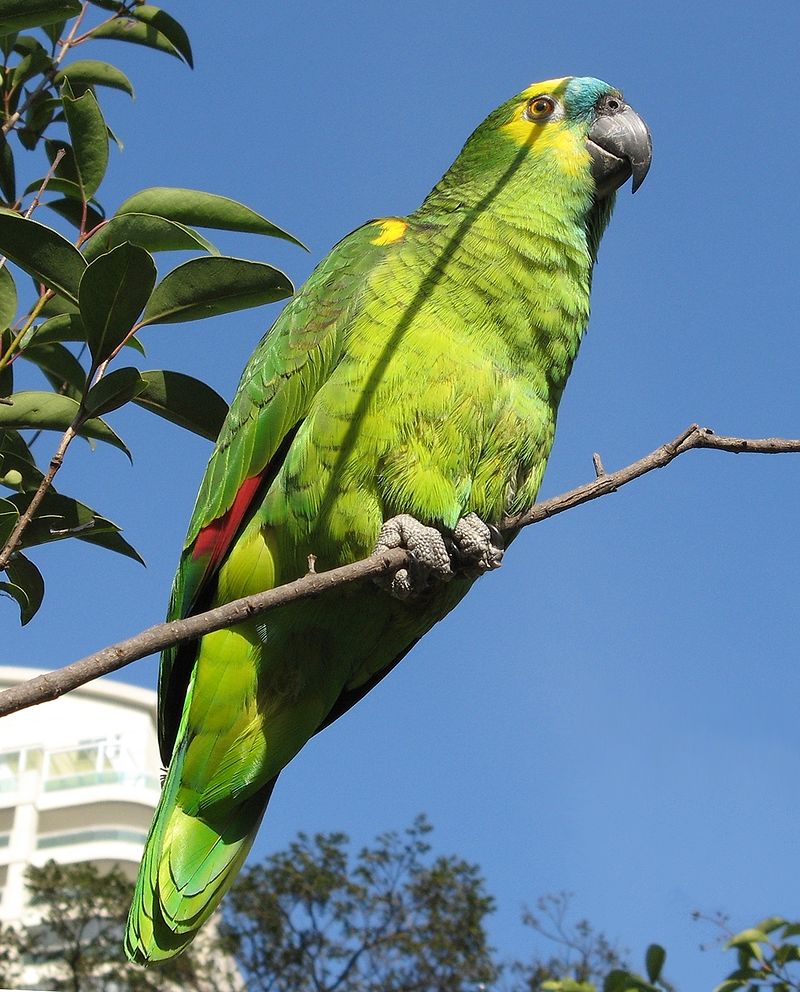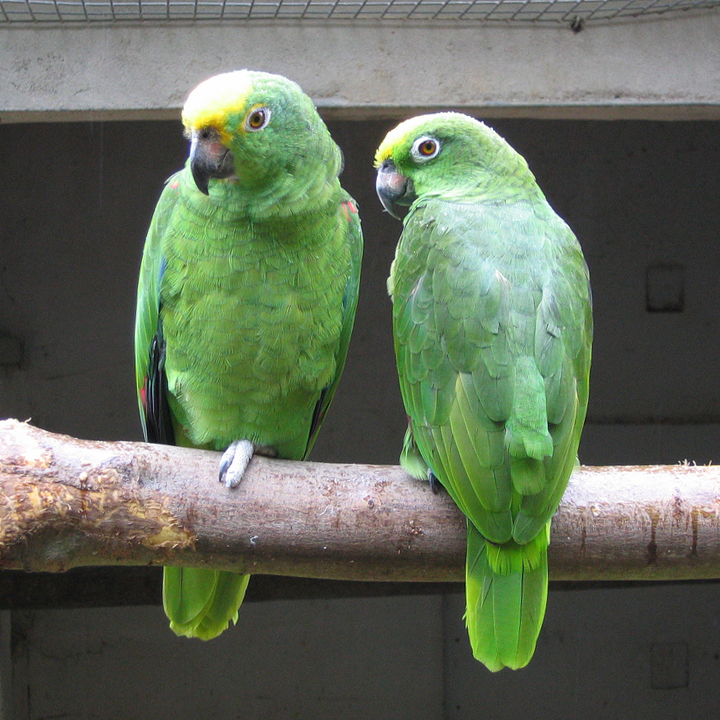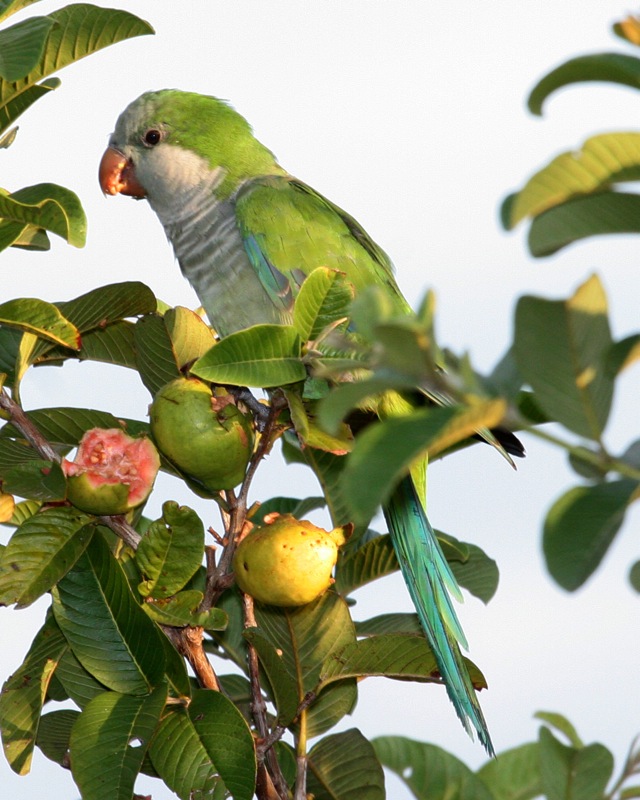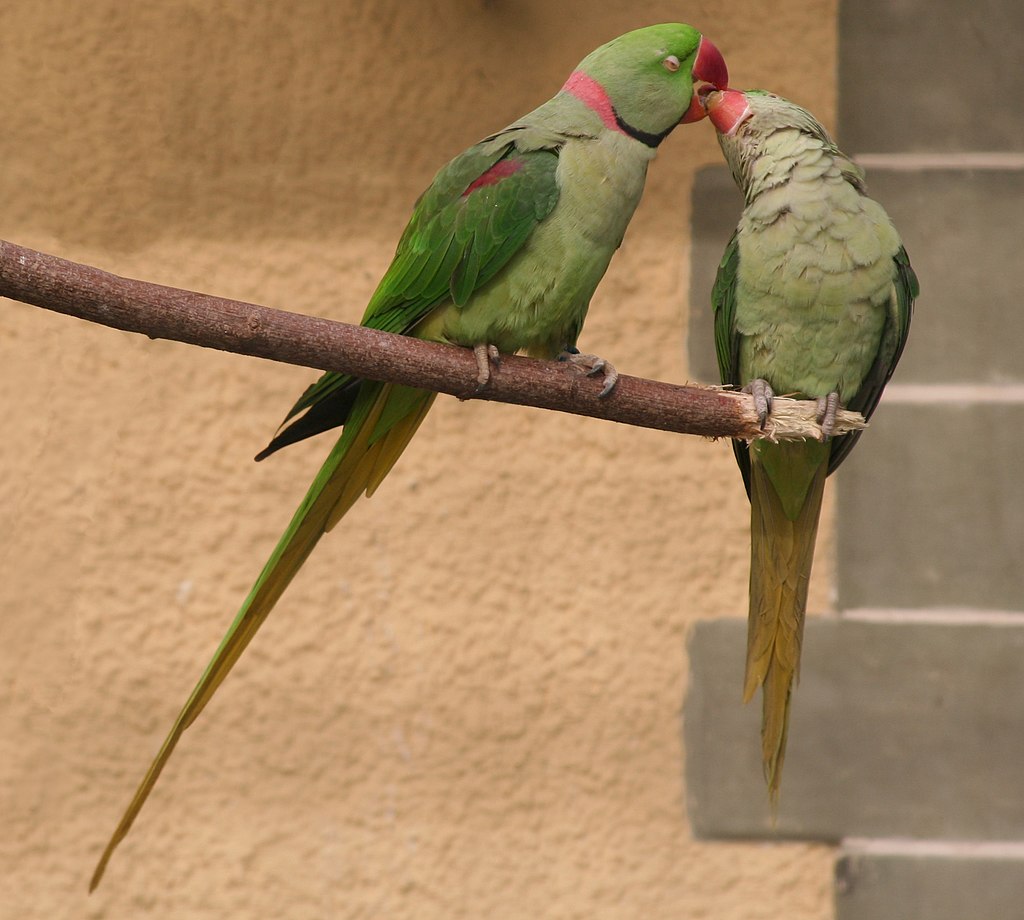Summary
Plastics are synthetic polymers derived from fossil oil and largely resistant to biodegradation. Polyethylene (PE) and polypropylene (PP) represent ∼92% of total plastic production. PE is largely utilized in packaging, representing ∼40% of total demand for plastic products (www.plasticseurope.org) with over a trillion plastic bags used every year [1]. Plastic production has increased exponentially in the past 50 years (Figure S1A in Supplemental Information, published with this article online). In the 27 EU countries plus Norway and Switzerland up to 38% of plastic is discarded in landfills, with the rest utilized for recycling (26%) and energy recovery (36%) via combustion (www.plasticseurope.org), carrying a heavy environmental impact. Therefore, new solutions for plastic degradation are urgently needed. We report the fast bio-degradation of PE by larvae of the wax moth Galleria mellonella, producing ethylene glycol.
Continue to read the full article on Cell.com


